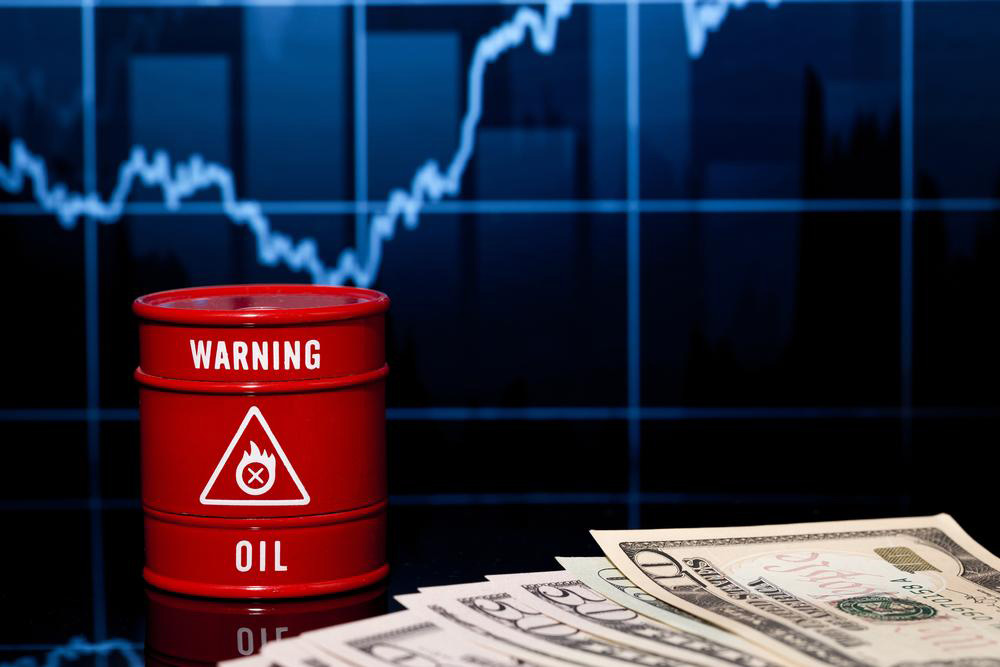All you need to know about crude oil futures
Crude oil is one of the most commonly known forms of fossil fuel. Crude oil is the unrefined form of all petroleum products that we know of today. One of the most-traded commodities across the globe, Crude Oil is well-known to investors, has no dearth of news to cause its prices to fluctuate every single day, and offers many great opportunities to trade as well. Listed below are the basics of crude oil futures:

Crude Oil reports
The chief report for Crude Oil is the Energy Stocks EIA weekly report which is released every Wednesday at 10:30 PM EST.
Crude Oil specifications in contracts
Crude Oil’s ticker symbol is CL, is traded on the NYMEX with contract sizes of 1,000 U.S. barrels.
Crude Oil basics
Crude Oil is the raw material refined to manufacture jet fuel, diesel, heating oil, gasoline and many more petrochemicals. When crude oil is processed or refined, it needs about 3 barrels of oil to manufacture a barrel of heating oil and 2 barrels of unleaded gas. The most popular grade of crude oil that is Light Sweet Crude Oil (NYMEX), while another popularly-traded grade is that of Brent Crude (traded in London). US, Saudi Arabia, and Russia are the largest oil producers in the world.
Market and prices for Crude Oil futures
The market for Crude Oil is volatile, and the prices are solely dictated by demand and supply. Changes can be caused by many events, let’s sat tensions in the Middle East or an economic report released on Crude Oil, or even tight supply situations. The main reason why Crude Oil prices exacerbate so quickly is that traders who have short positions will be placing buy orders to cover quickly. The phenomenon of buying happens very swiftly and at the same time because the risk is too great. Traders usually react quickly and immediately to the news and then sort it out later.
One of the major components for determining the price of Crude Oil is the value of the US dollar. Lower dollar value supports higher oil prices, while a higher dollar puts pressure on oil prices. Crude oil prices are also affected by the stock market. A growing stock market and economy support higher oil prices, but these prices tend to put pressure on the economy, at which point Crude oil prices move in the opposite direction that the stock market does. The concern levels spike when oil prices reach $100.
However, Crude Oil futures, for the most part, move about in a trending market with major bias on the downside or upside.